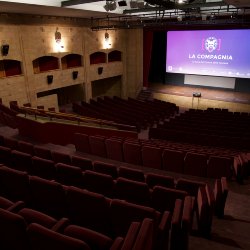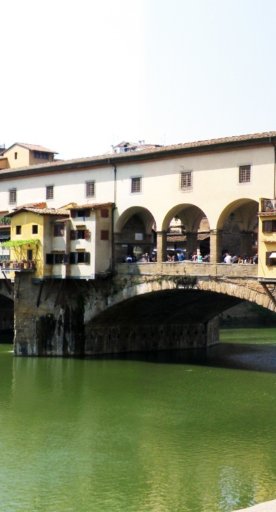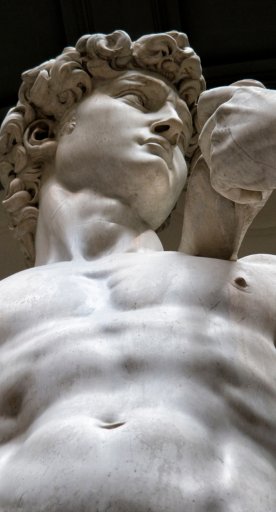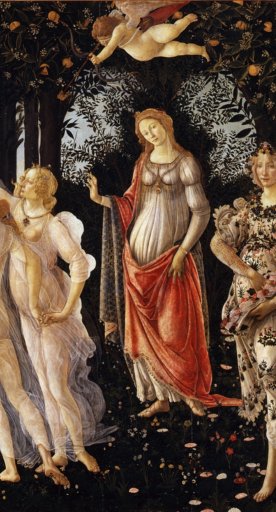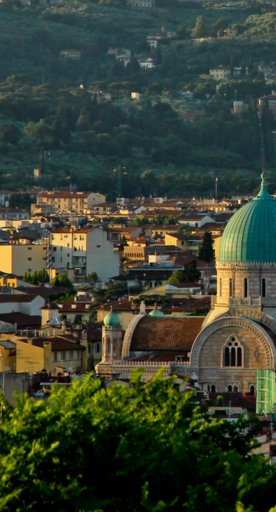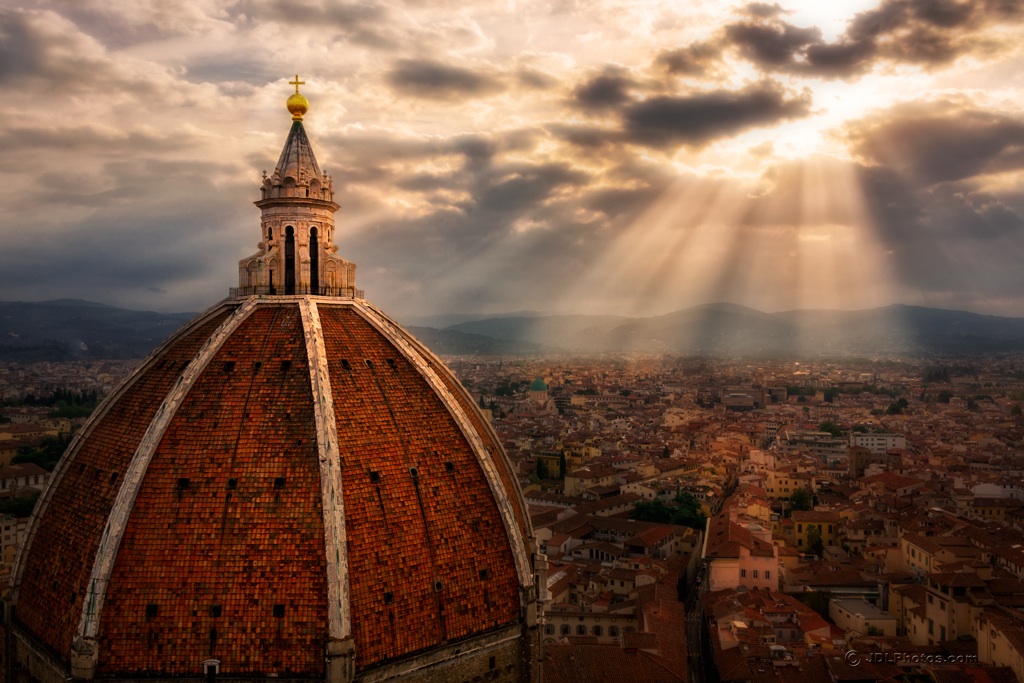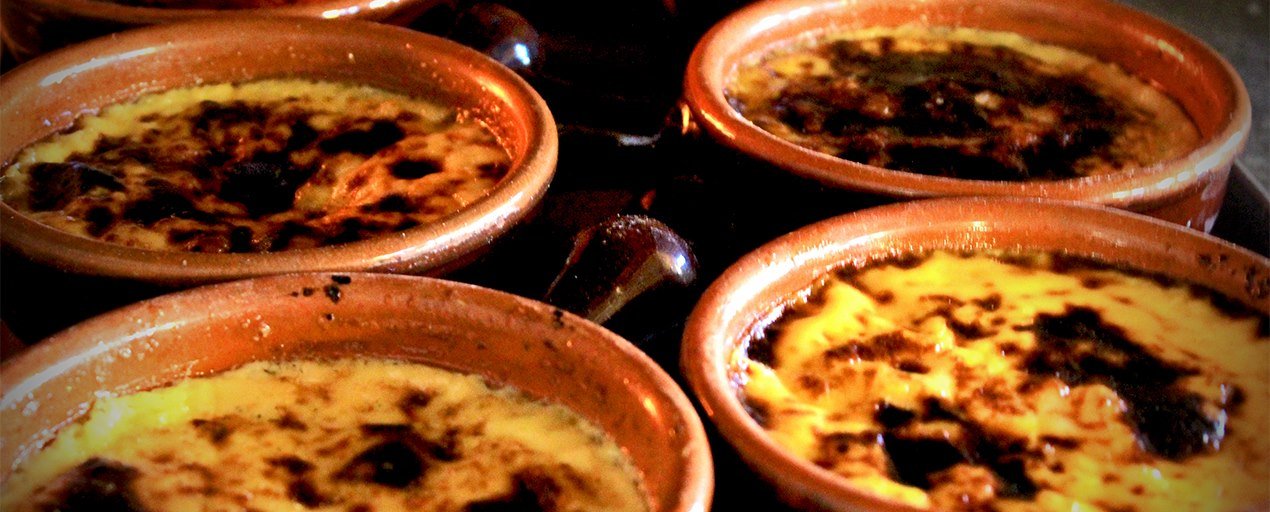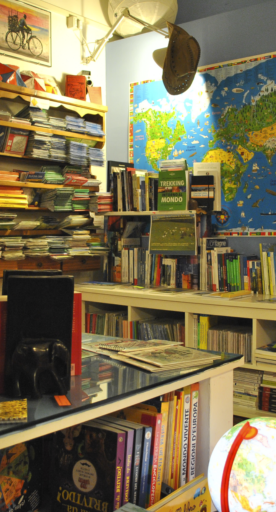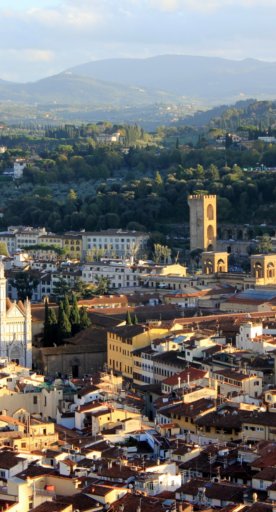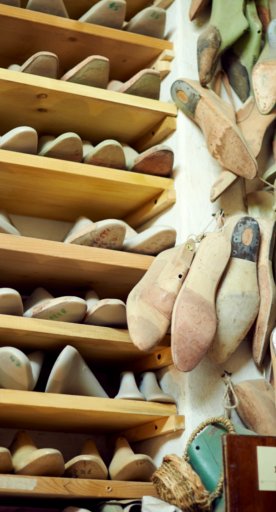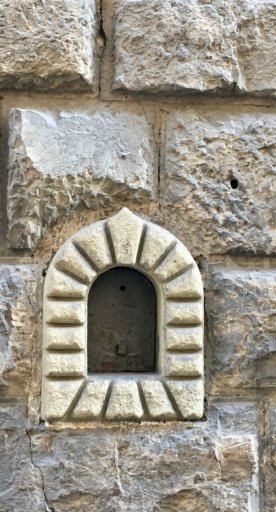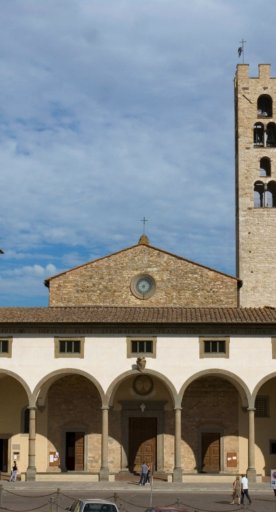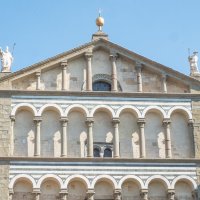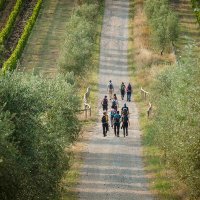

5 interesting things to discover around Florence
Wonders of nature, iconic architecture and massive artworks
Among the many reasons that may entice people to visit the area around Florence are some little-known places: natural wonders, “off-the-map” architecture and massive works of art to discover.
Here we present a small catalog of worldly curiosities and more, with a fresh look at an area that always has something new and interesting to offer.
-
1.India and Egypt in Florence
-
2.A windmill in Pontassieve
-
3.An ancient mummy in Fiesole
-
4.Italy’s tallest trees in Reggello
-
5.A colossal statue in Vaglia
India and Egypt in Florence
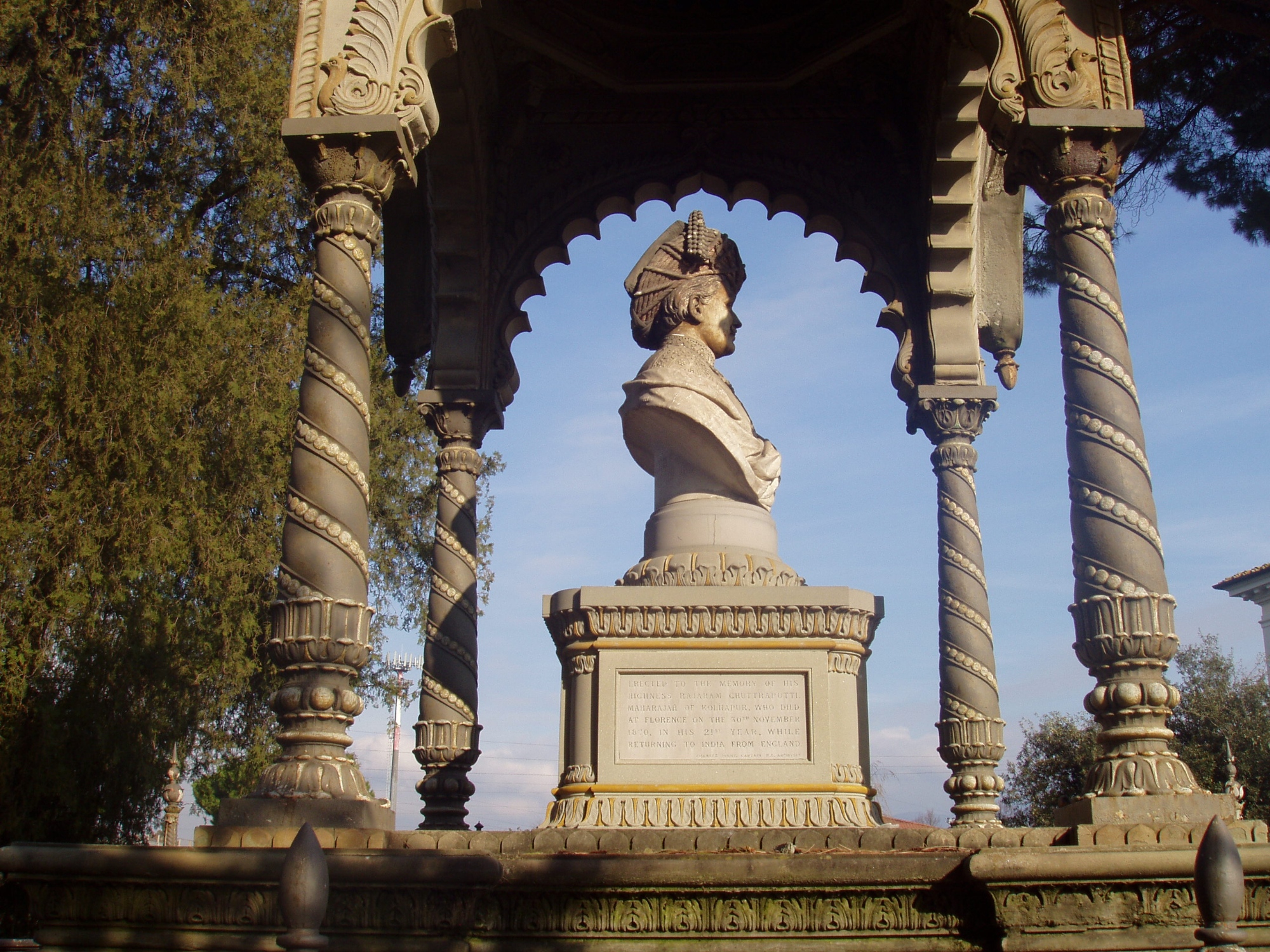
In the heart of the Cascine Park in Florence are two worldly finds, which you can come across while strolling in the shade of majestic trees.
The Egyptian Pyramid along Viale degli Olmi may make you question where you really are but its present can be easily explained: it is an icehouse built in the second half of the 18ᵗʰ century by Architect Giuseppe Manetti, to whom we owe the current arrangement of the park. Egyptian in form only, the building was used to store ice in the warmer months.
At the edge of the Park, rather, is the Monument to the Indian Prince (or, more simply, the Indian, as he is called by locals). An eastern-style temple complete with bust recalls the brief and sad story of young Indian prince Rajaram Chuttraputti of Kolhapur, who visited Florence in 1870. Stricken with an illness, probably the result of a severe lung infection, the young prince died here at just 21 years old.
To respect Hindu religious tradition, Rajaram Chuttraputti’s body was cremated at the confluence of the Arno and Mugnone rivers.
A windmill in Pontassieve
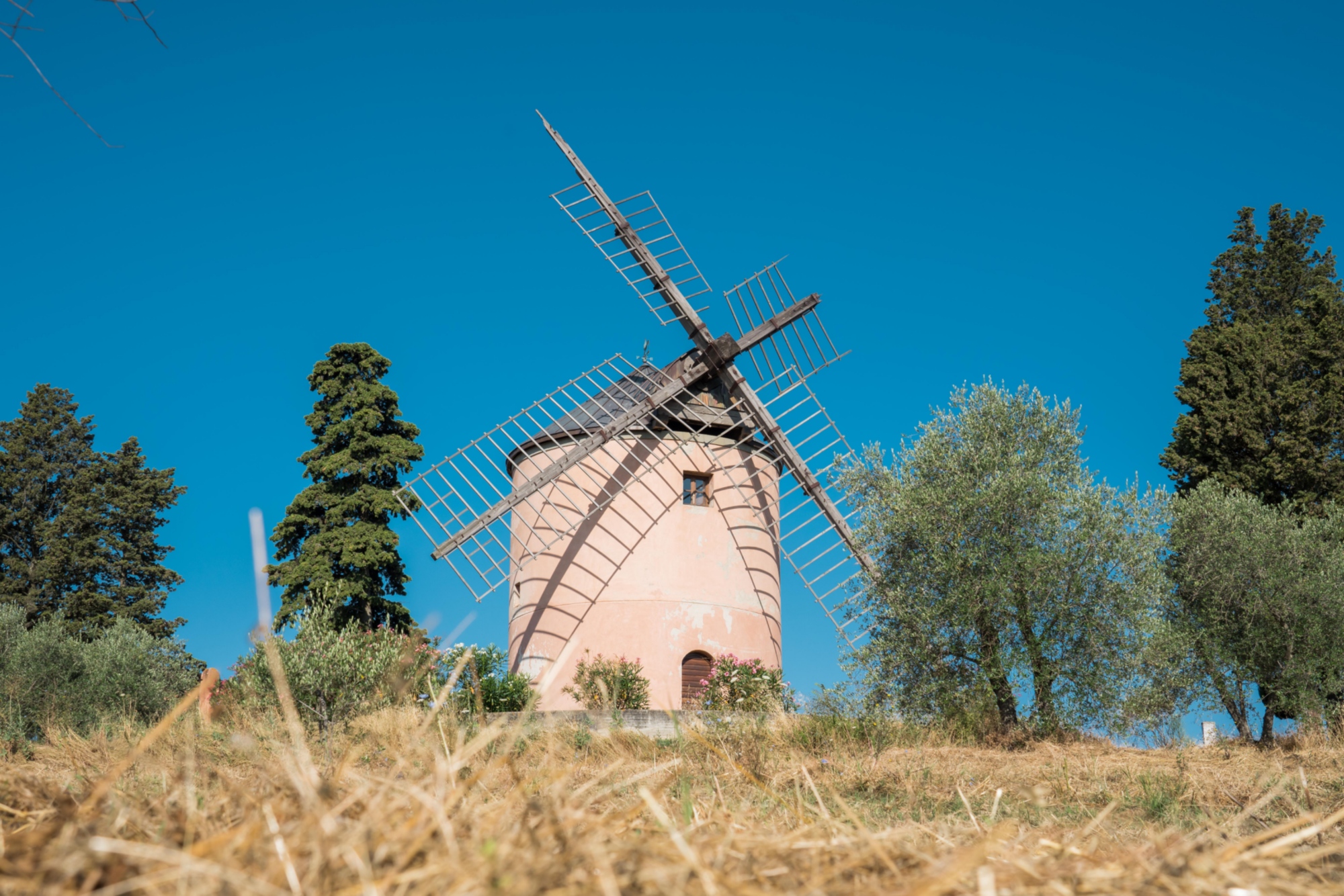
In the Tuscan countryside is a rosy-colored windmill with large blades, quite similar to Dutch windmills. It stands on a ridge in Montefiesole, at the crossroads of several hills, in the municipality of Pontassieve.
The mill, which has been fully restored and is in working order, was built in the first half of the 19ᵗʰ century. It can be visited by contacting the property, namely Fattoria di Lavacchio, a farm that produces wines and has a restaurant adjacent to the curious building.
An ancient mummy in Fiesole
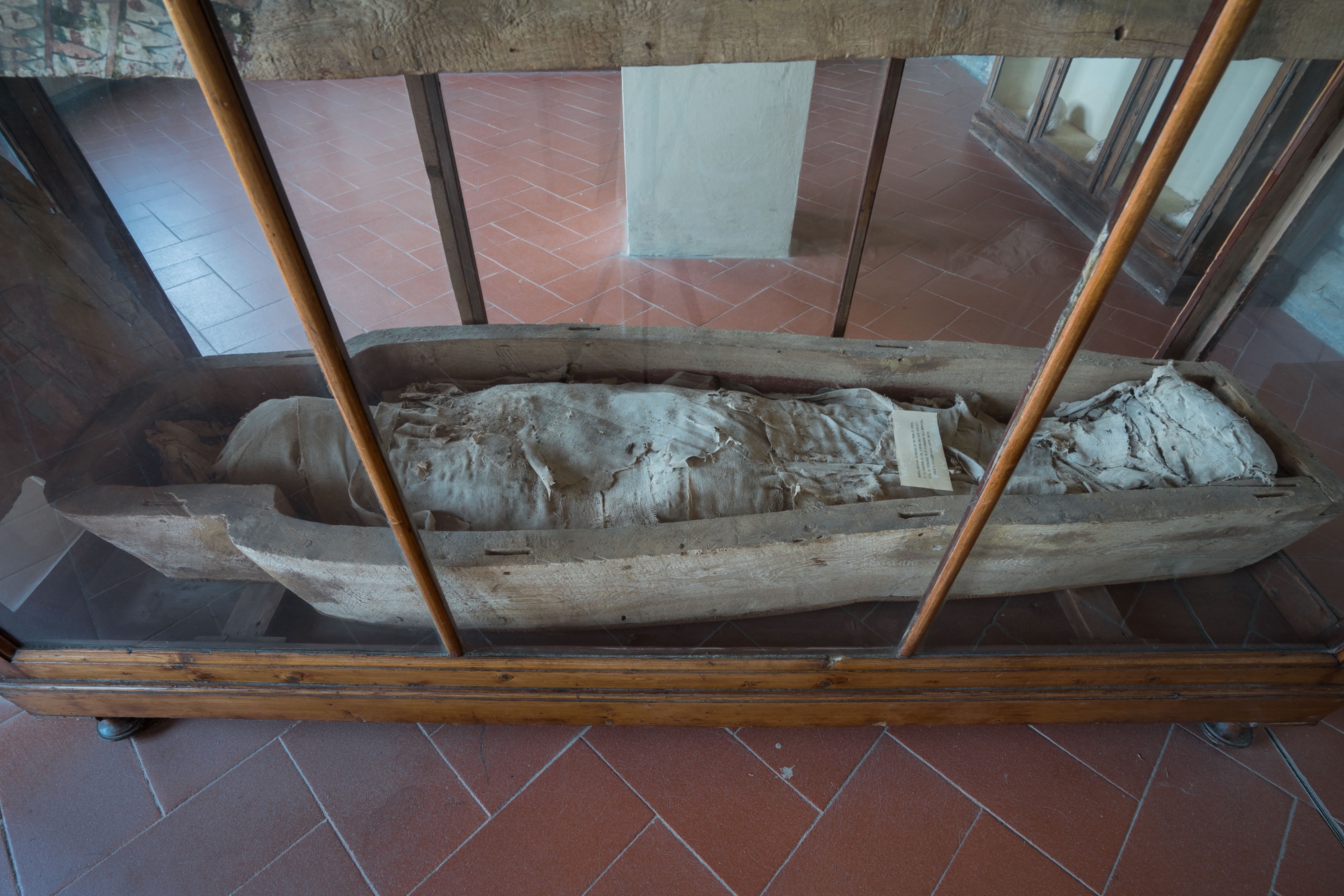
The town of Fiesole stands atop a hill but even higher up is the Convent of San Francesco. The climb is challenging given the gradient but visitors to the Etruscan town put in the effort to be rewarded by splendid views of Florence.
On top of the San Francesco hill, in addition to the Church and Convent is a small, delightful museum, the Missionary Museum of Ethnology. As the name implies, the museum contains artifacts that the missionary friars brought back from the 4 corners of the world.
Of all the things on display, surely the most curious is the truly ancient Egyptian mummy in its sarcophagus.
Italy’s tallest trees in Reggello
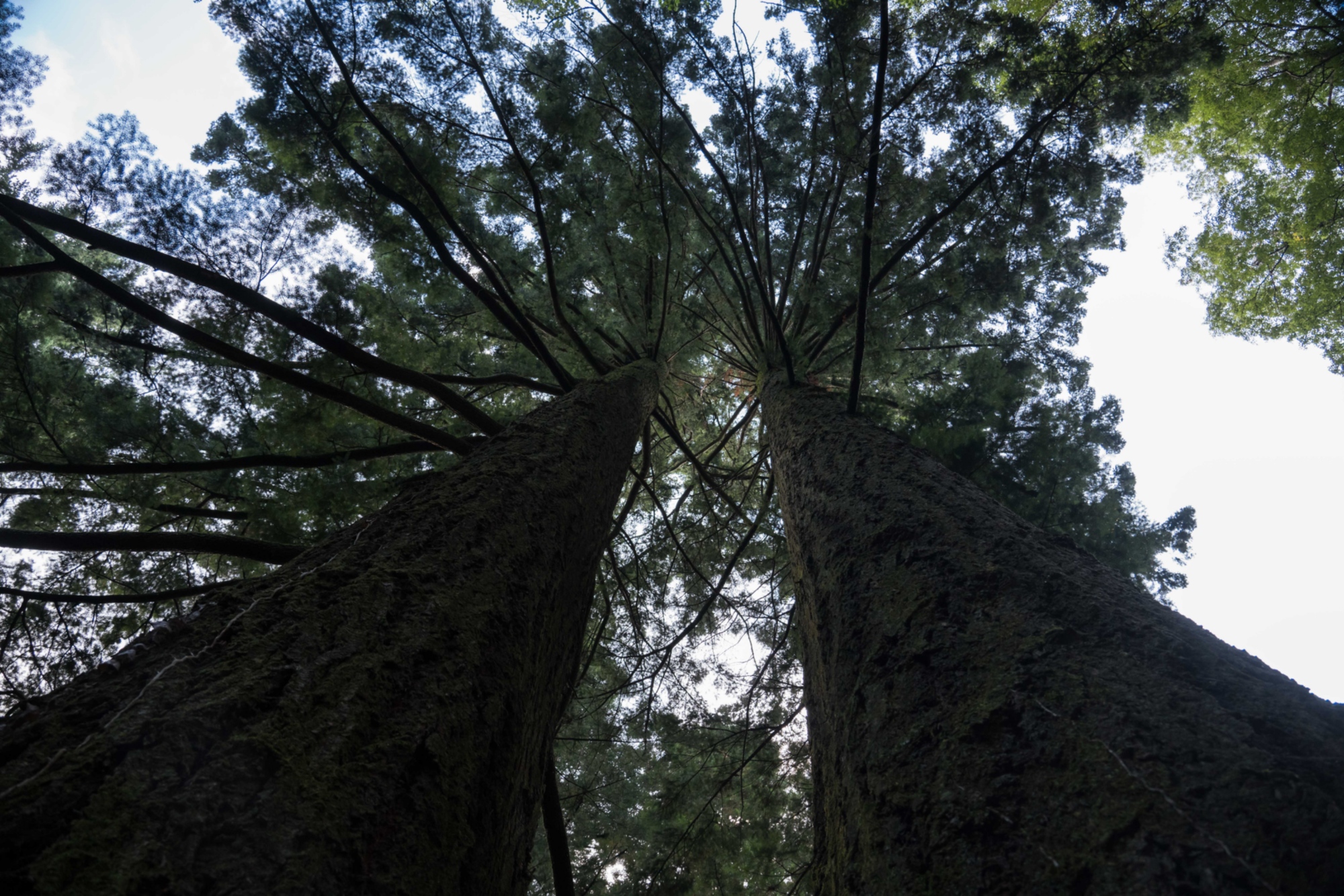
The tallest trees in Italy are two giants rising up 205 feet (62.45 meters) and 196 feet (59.83 meters) respectively. They are located in the Vallombrosa Forest, a natural environment of great historical, scenic and natural value in the municipality of Reggello. These two giants are both Douglas firs, standing side by side.
To give an idea of the size, the tallest tree in Italy is equal to a 20-story building.
Interestingly, the Douglas was only introduced to Italy in the second half of the 1800s, with Vallombrosa being one of the first places where the species was planted.
A colossal statue in Vaglia
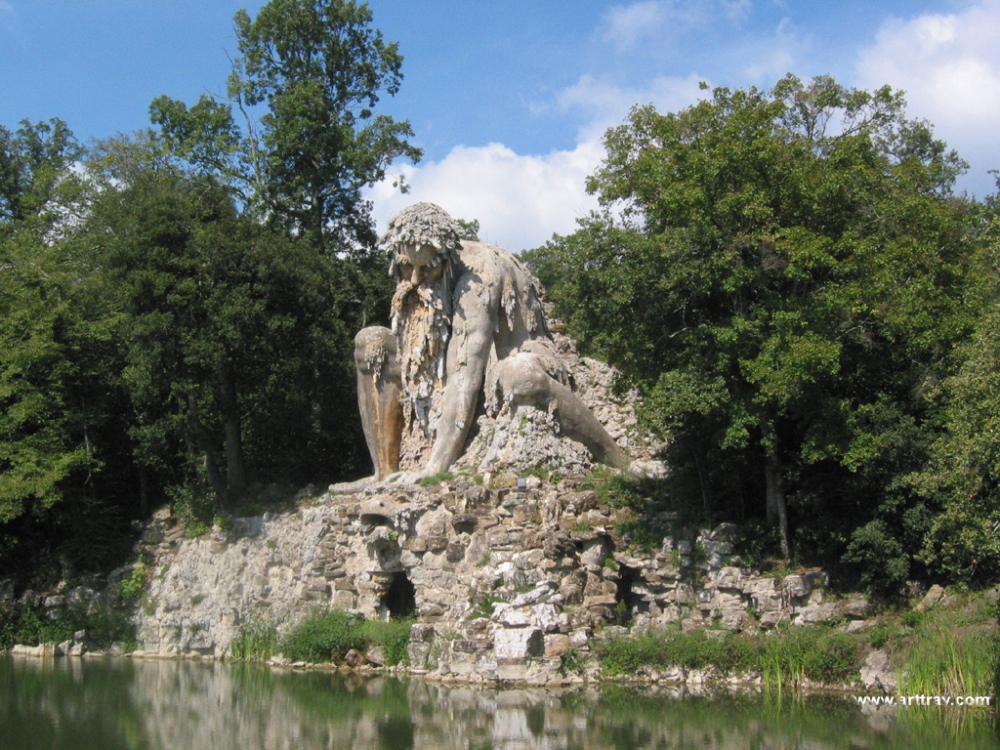
The Gigante dell’Appennino (Apennine Colossus) is the most popular statue in Pratolino Park. In the municipality of Vaglia, just 15 minutes from the center of Florence, Pratolino Park is huge, brimming with greenery and works of art, sought after and created by Francesco I de’ Medici.
Made by Jean de Boulogne (known as Giambologna) in 1580, the Colossus stands at 46 feet (14 meters). The crouching elderly man crushing the head of a sea monster is very realistic. Indeed, the human figure’s beard and hair are also life-like, appearing as stalactites made of stone, sponge and plaster. Just like a real mountain, the Colossus concealed caves and secret chambers within.
The Colossus is the main—but certainly not the only—reason for a visit to this Park which, since 2013, along with other Medici villas and gardens, has been a UNESCO World Heritage Site.
What’s nearby?









